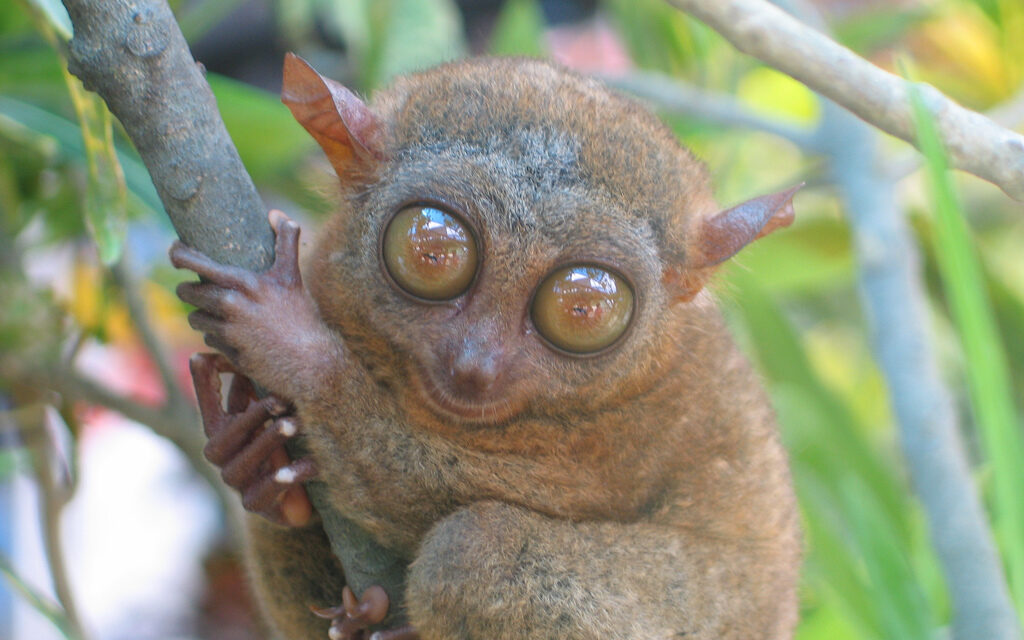New Scientist
Image: Dave Q
Did primates opt for brains over brawn? Primate species with larger brains have reduced muscle mass, supporting a controversial theory that energy-hungry brains grew larger by stealing resources from other bodily tissues.
Brains are expensive to run. Some estimates suggest every kilogram of brain tissue requires 240 kilocalories each day. As such, many researchers have wondered how primates – particularly humans – find the energy to keep their unusually large brains running.
An idea emerged in the mid-1990s: perhaps primates support their large brains by making energy savings elsewhere. In particular, the idea is that primate guts – another “expensive” tissue to run – evolved to be smaller as brains evolved to be larger.
But it’s not yet clear that the expensive tissue hypothesis is correct. For instance, in 2011 Karin Isler at the University of Zurich, Switzerland and her colleagues published a study questioning whether animals with big brains really have small guts. Read more on newscientist.com…








